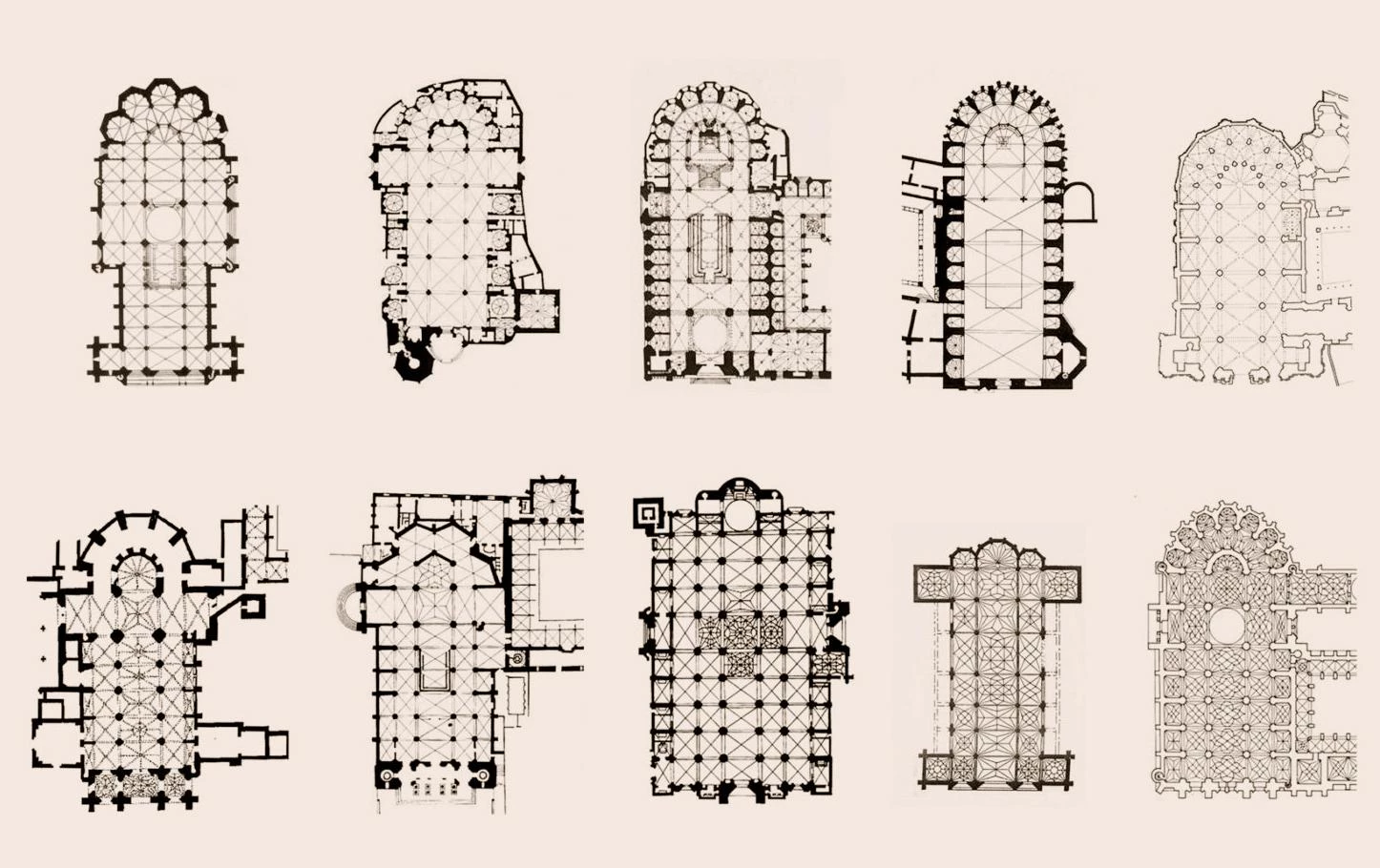
On the first of May, the architect, historian, critic, and editor Carlos Martí Aris passed away in Barcelona, the city where he was born in 1948. He was a leading intellectual compass within the profession in Spain, and a prominent member of the brilliant generation of Catalan theorists that also included Ignasi de Solà-Morales, Josep Quetglas, and Félix de Azúa.
He earned his architecture degree in 1972, and his doctorate in 1988, from the Universidad Politécnica de Cataluña, then taught at his alma mater, the Barcelona School of Architecture, which in 2014, in reward for an exemplary teaching career, bestowed on him a Magister Honoris Causa.
Martí’s fervent devotion to education was from the start enriched by his work as a critic and historian. In 1972 he became a founding member of 2C Construccion de la ciudad, where he served as deputy editor throughout its existence. Cooperative in nature and renewal-geared, the magazine gave voice to the key voices of the architectural scene of that time, especially Aldo Rossi. As the catalyst of Martí’s intellectual and personal ties to Italy, 2C from the outset drew him close to the commitment to history and the city that was so charateristic of the Tendenza. Hence his sojourns researching and teaching at the Politecnico di Milano, and the excellent reception that his writings always had in Italy.
It was precisely one of the hallmarks of Italian architecture, Giorgio Grassi, who directed the dissertation that Martí defended in Barcelona in 1988, the germ of what would be the Catalan historian’s most important book, first published in Milan in 1990 as Le variazioni dell’identità. Il tipo di architettura, then twice in Spanish as Las variaciones de la identidad. Ensayo sobre el tipo en arquitectura – the second time by the Arquia Foundation, in an edition that sold out fast. It was an extraordinary book to appear in the European scene of those years. Following a line that stretched from Durand to Rossi, it pursued a notion of type that was much more open and adaptable, able to address the particular needs of an architectural project. As Martí himself wrote in the prologue to the book’s last edition: “The objective of this work is to contribute to a theory of architectural project design in which the idea of type is not thought of as a reproducing mechanism, but as a structure of form that can develop in many ways.” Las variaciones de la identidad very well presents the type of theory that was of interest to Martí – a thinking closely linked to the practical – and this point of view explains the fact that never in the course of his fifty-year work life did the Catalan architect leave professional practice aside. He stayed active as a practitioner, in collaboration with Antonio Armesto.
More publications followed, including Las formas de la residencia en la ciudad moderna (1991), Silencios elocuentes (1999), and Cabos sueltos (2012), all of them marked by his critical sensitivity to the urban, compositional, and typological dimensions of architecture. At every step, Martí’s work in research and criticism went hand in hand with his other great passion, publishing architecture books. Here he played a leading role in Spain for forty years. From the Barcelona school he promoted the magazine DPA. For the publishing house Serbal he created an architecture-theory line, which released texts by Adolf Behne and Giorgio Grassi, among others. He took charge of the series ‘La cimbra y el arco,’ which yielded important books by Juhani Pallasmaa, Charles Correa, Paulo Mendes da Rocha, and the like. Finally, he formed and directed the Arquia Foundation’s ‘arquia/tesis’ series, which is among the most acclaimed and most disseminated projects in Spain’s intellectual scene.


